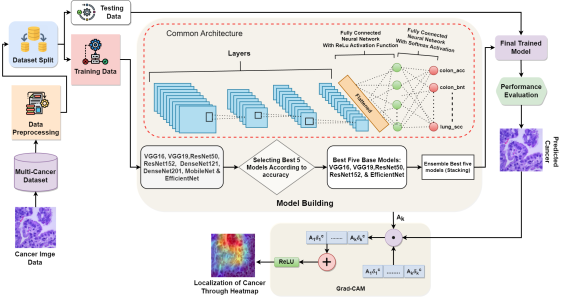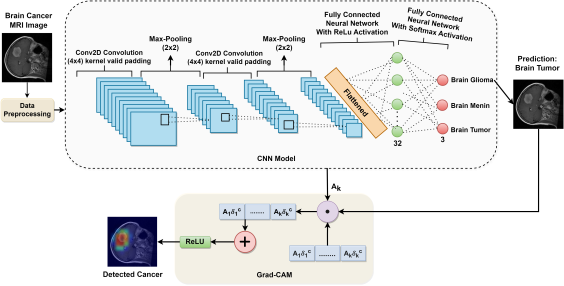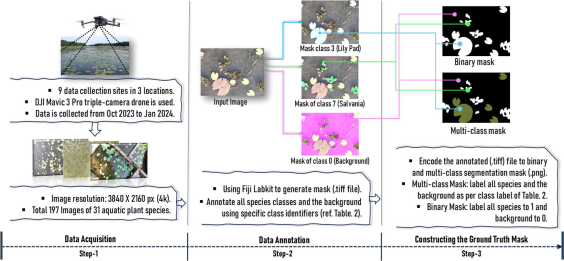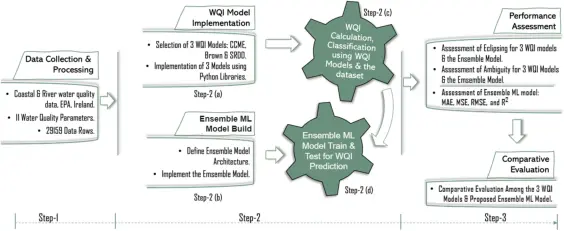Research & Publications
A Multi-cancer Detection and Localization System Utilizing X-AI and Ensemble Technique using CNN
By Rajaul Karim | 25 May, 2024

Type: Conference Paper ( Scopus Indexed)
Conference Name: 2024 6th International Conference on Electrical Engineering and Information & Communication Technology (ICEEICT)
Publisher: IEEE
Date: 02-04 May 2024
Organized by: Military Institute of Science and Technology (MIST), Dhaka-1216, Bangladesh
🔗 Doi (Click here to access): 10.1109/ICEEICT62016.2024.10534377
Abstract: Multi-cancer early detection (MCED) tests aim to identify multiple cancers at an early stage through the analysis of a single specimen, typically utilizing blood or liquid biopsy. However, the manual examination of blood samples under a microscope is time-consuming, biased, and relies on expert availability. Additionally, the integration of AI-based diagnosis into cancer detection faces challenges due to the unreliability of medical experts. Despite lacking FDA approval, MCED tests hold the potential to enhance cancer screening efficiency, reduce costs, improve patient survival, and automate medical treatment planning. In this research, we explored the efficacy of eight distinct CNN architectures (EfficientNet, MobileNetV3, DenseNet201, DenseNet121, VGG16, ResNet50, ResNet152, and VGG19). Subsequently, combining the top- five models into a stacking ensemble yielded improved results, achieving 98.78% accuracy, 99% precision, and 99% sensitivity in detecting various cancers from digital histopathology images. The study also integrated grad-CAM visualization to enhance explainability in the cancer detection system, offering valuable insights into CNN-based cancer detection. The proposed model demonstrates precise early multi-cancer detection and monitor- ing, offering potential cost savings, fostering trust in AI among medical professionals, and streamlining autonomous diagnosis procedures.
Click here to Read the FUll-Text From ResearchGate
Main Architecture:
.png)
Result Analysis: Confusion Matrix and Accuracy Loss Curve
Input:
Predicted Output from the Proposed Method:
Output of the Cancer Localization Using X-AI (Grad-CAM):

Explanatory visual saliency maps, generated with gradCAM, illustrate the model’s decision-making during class prediction. Randomly selected test set images for each class showcase regions of increased attention in red and decreased attention in blue during model predictions.



